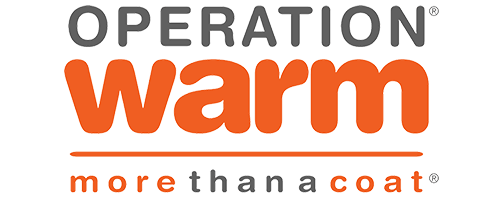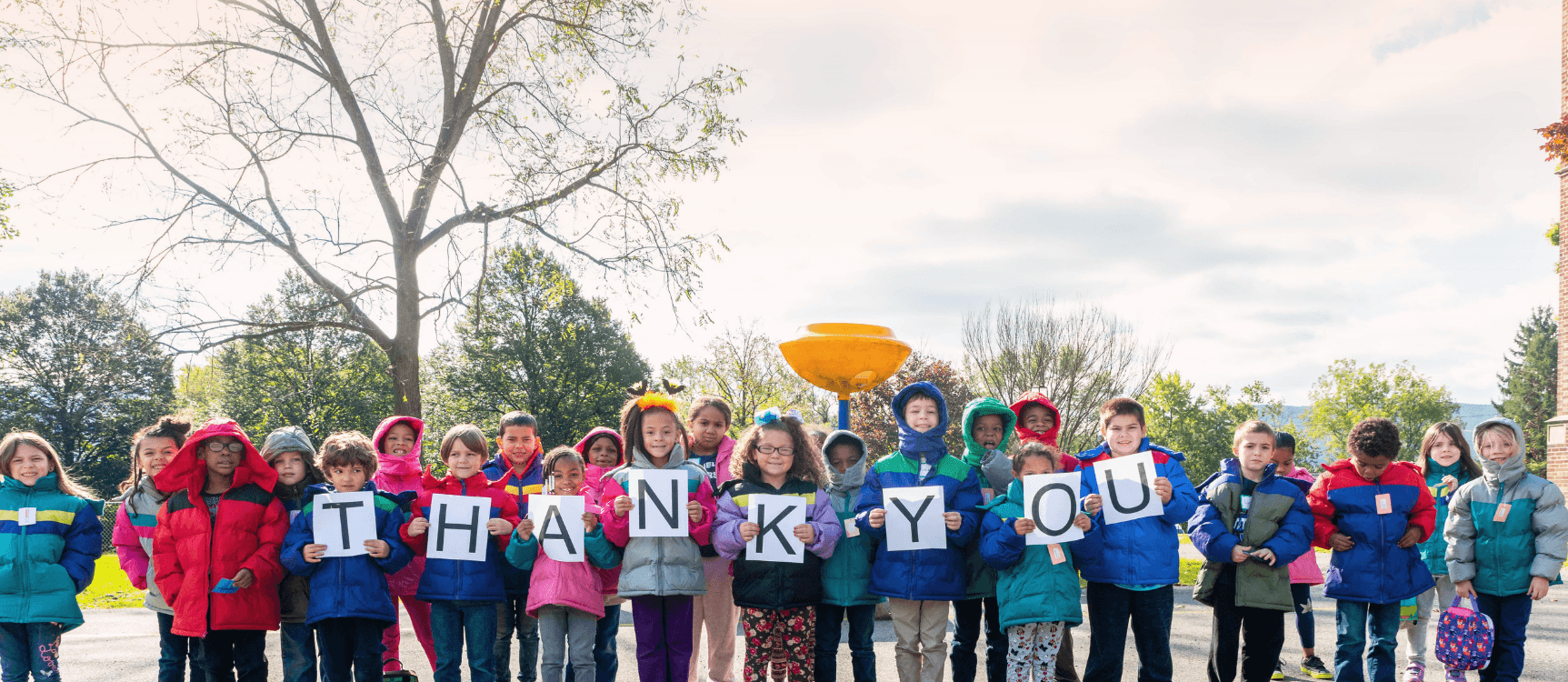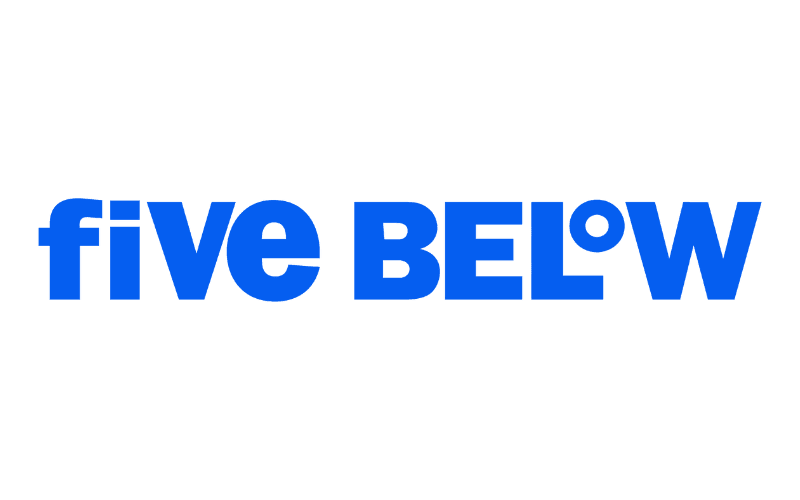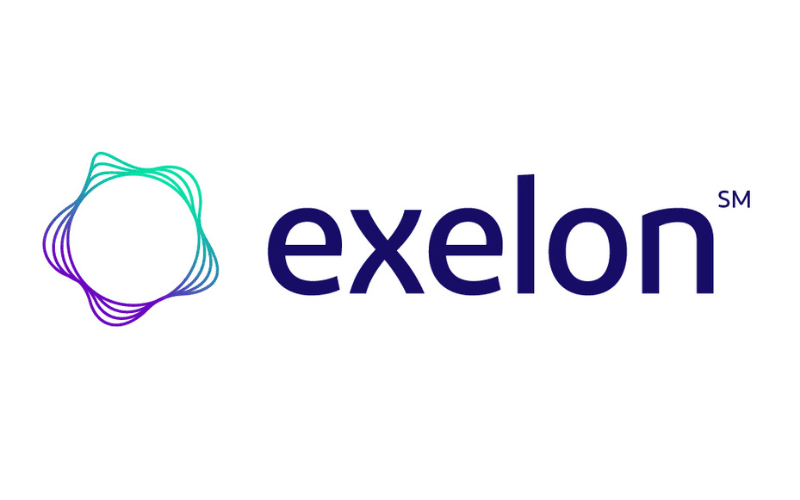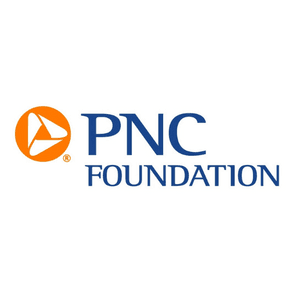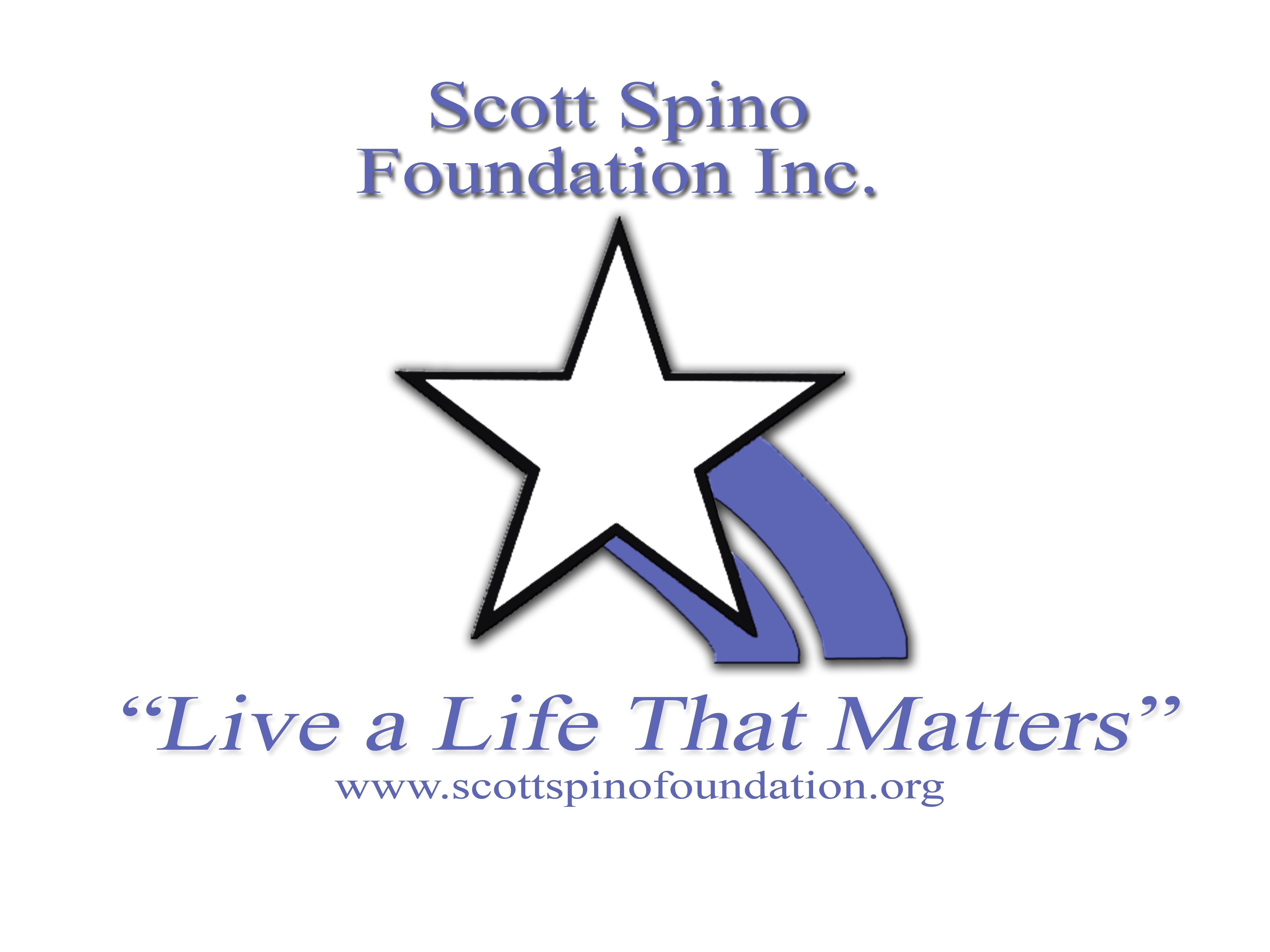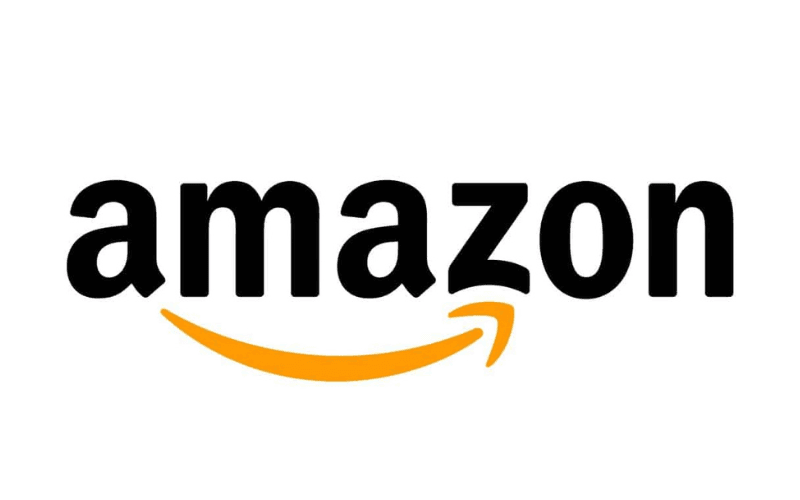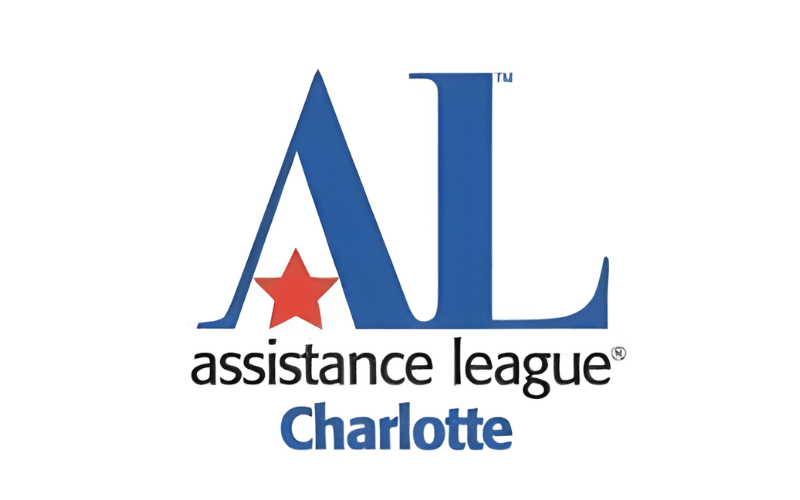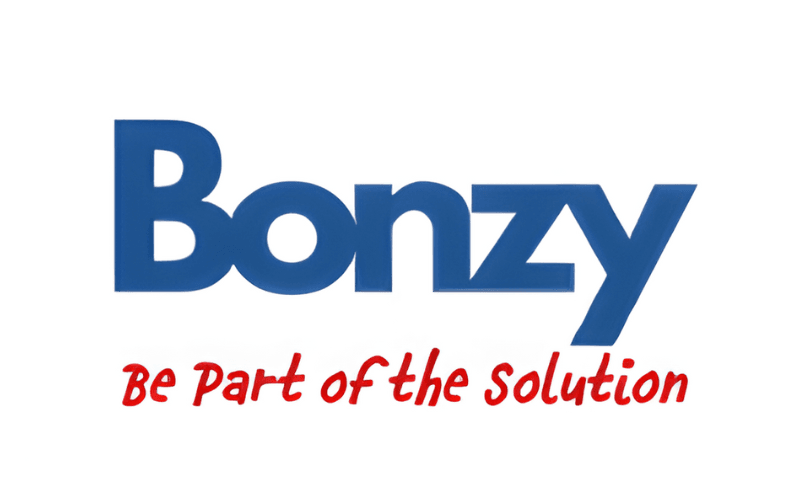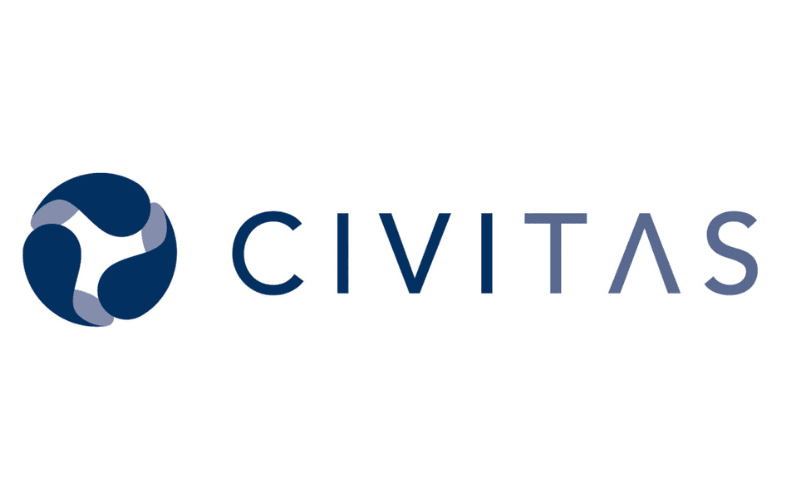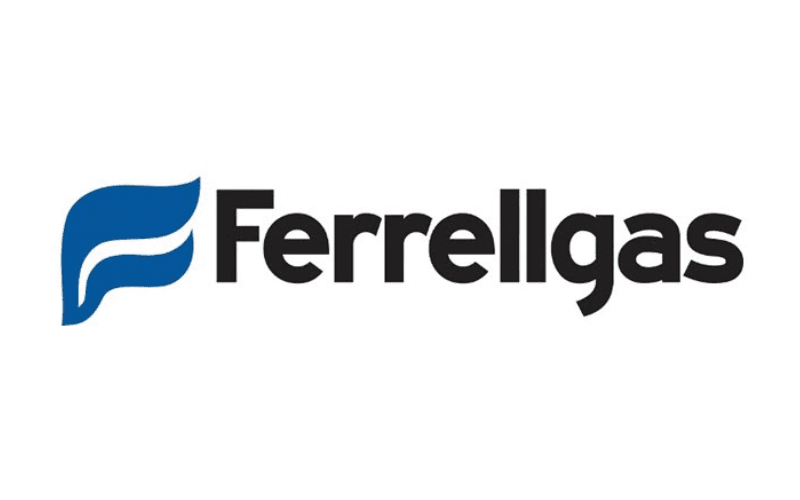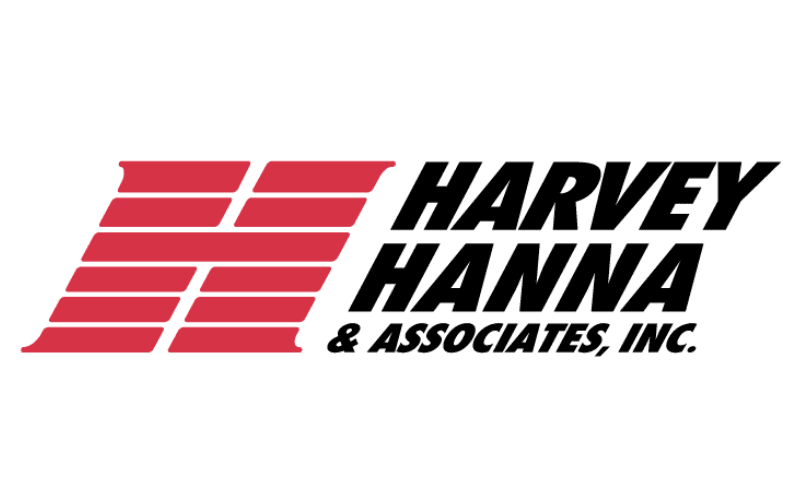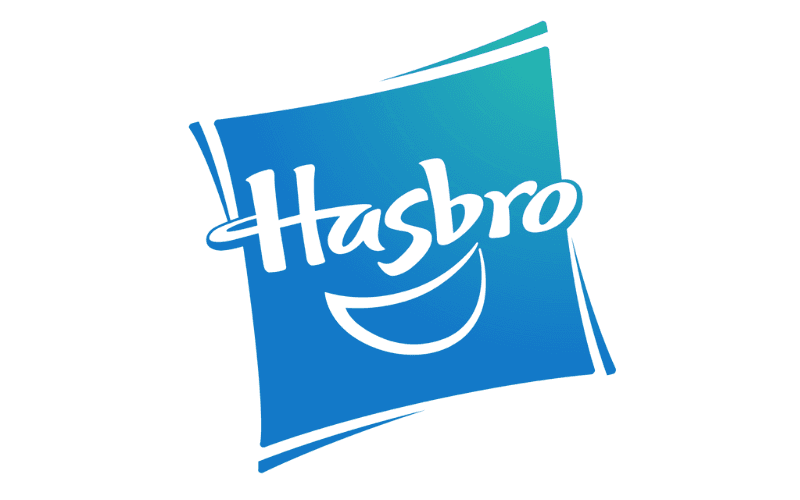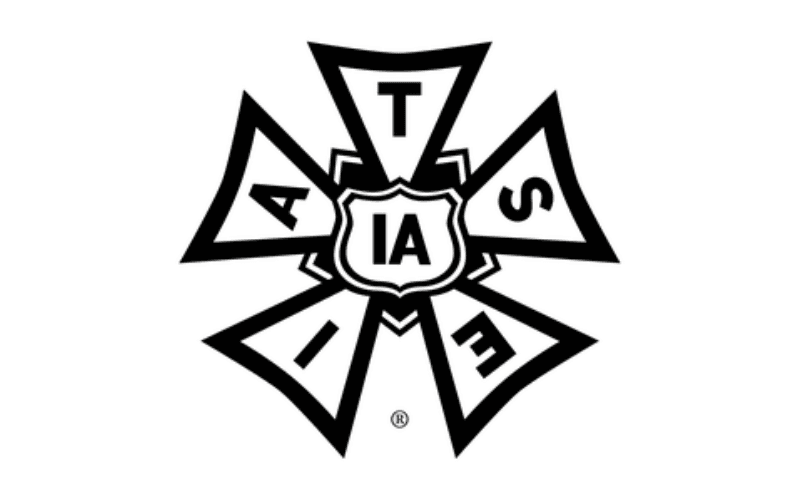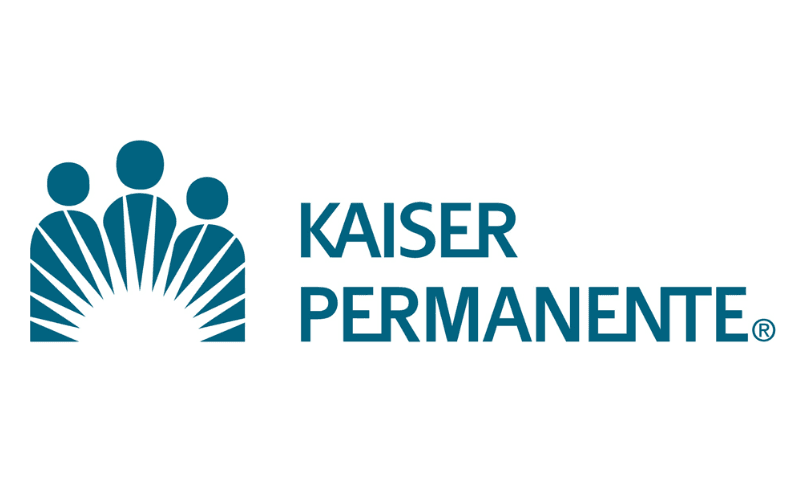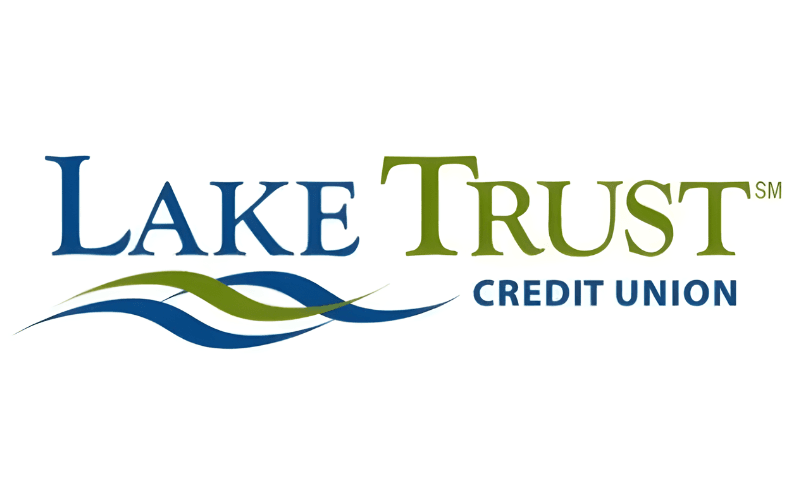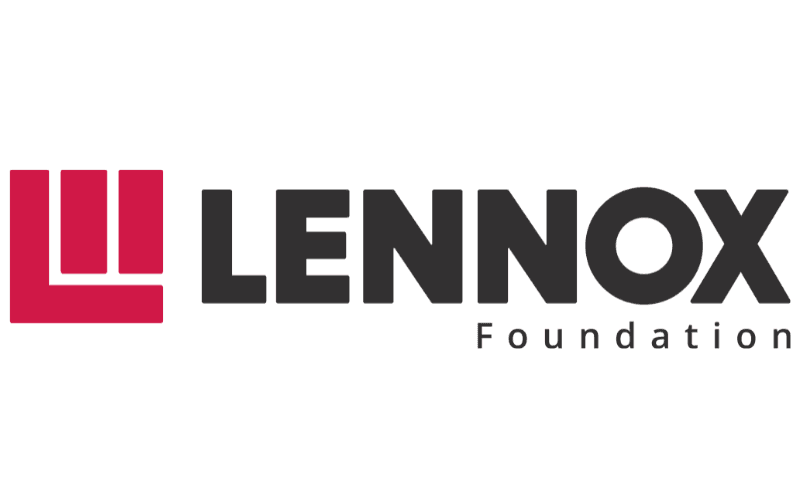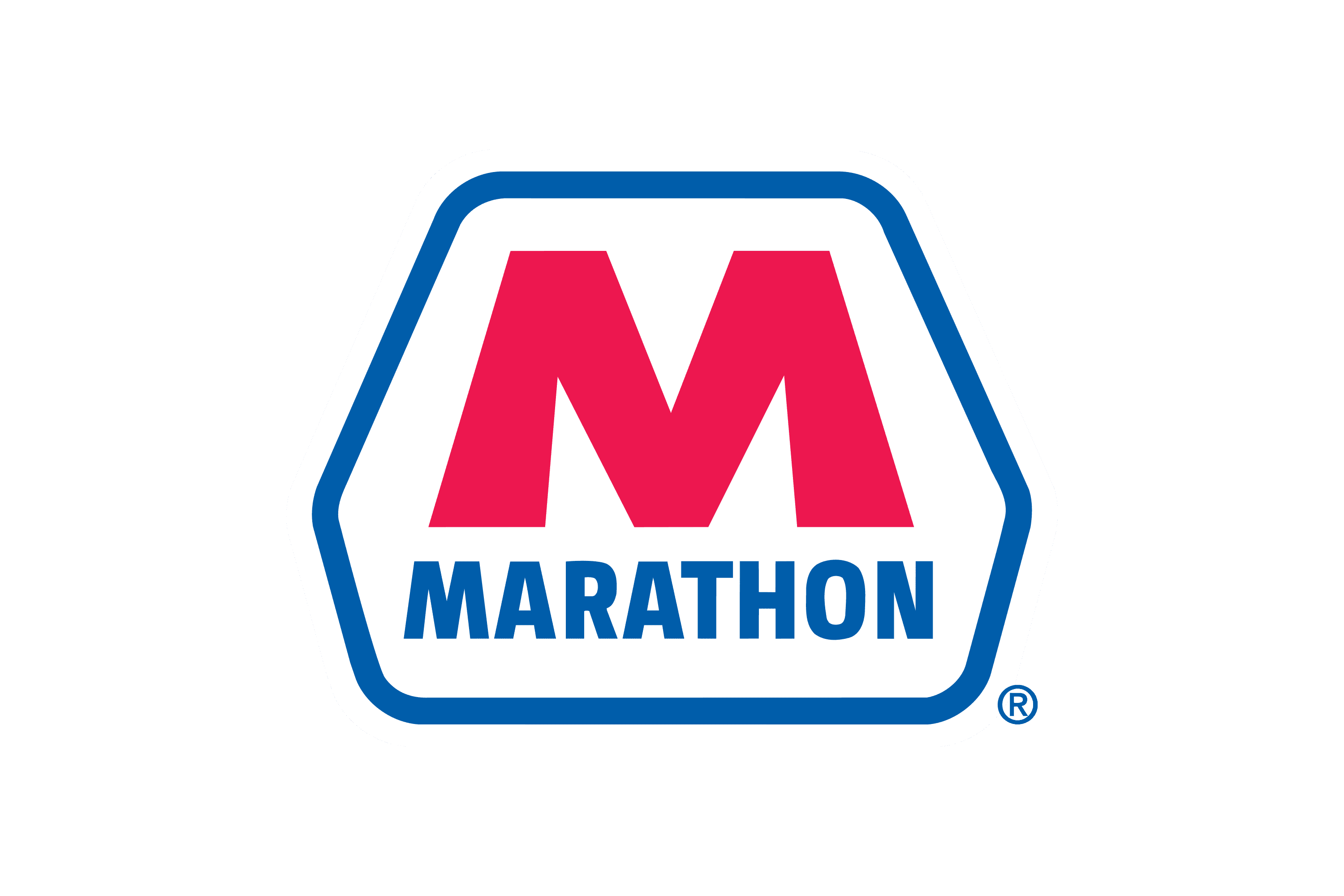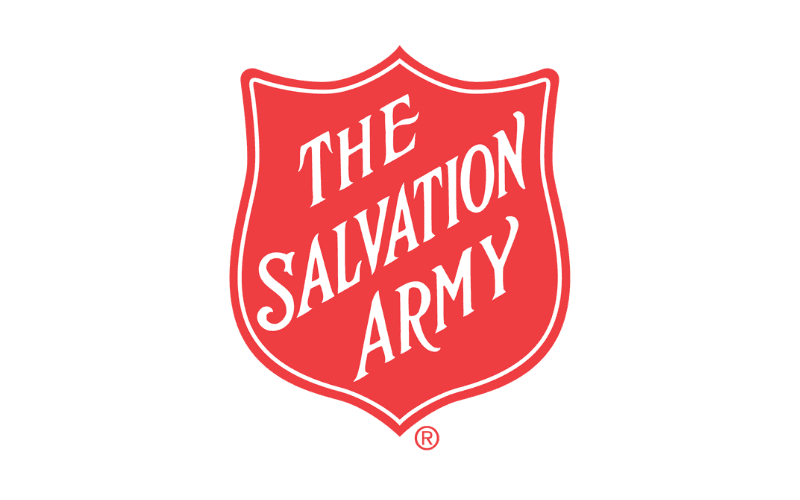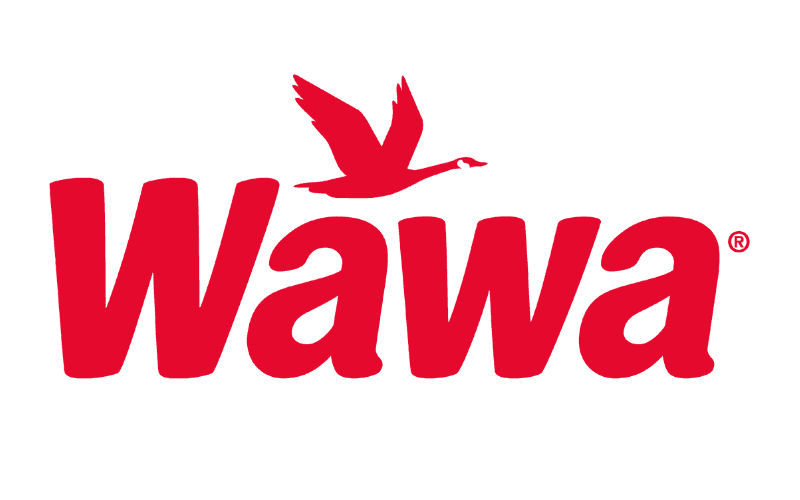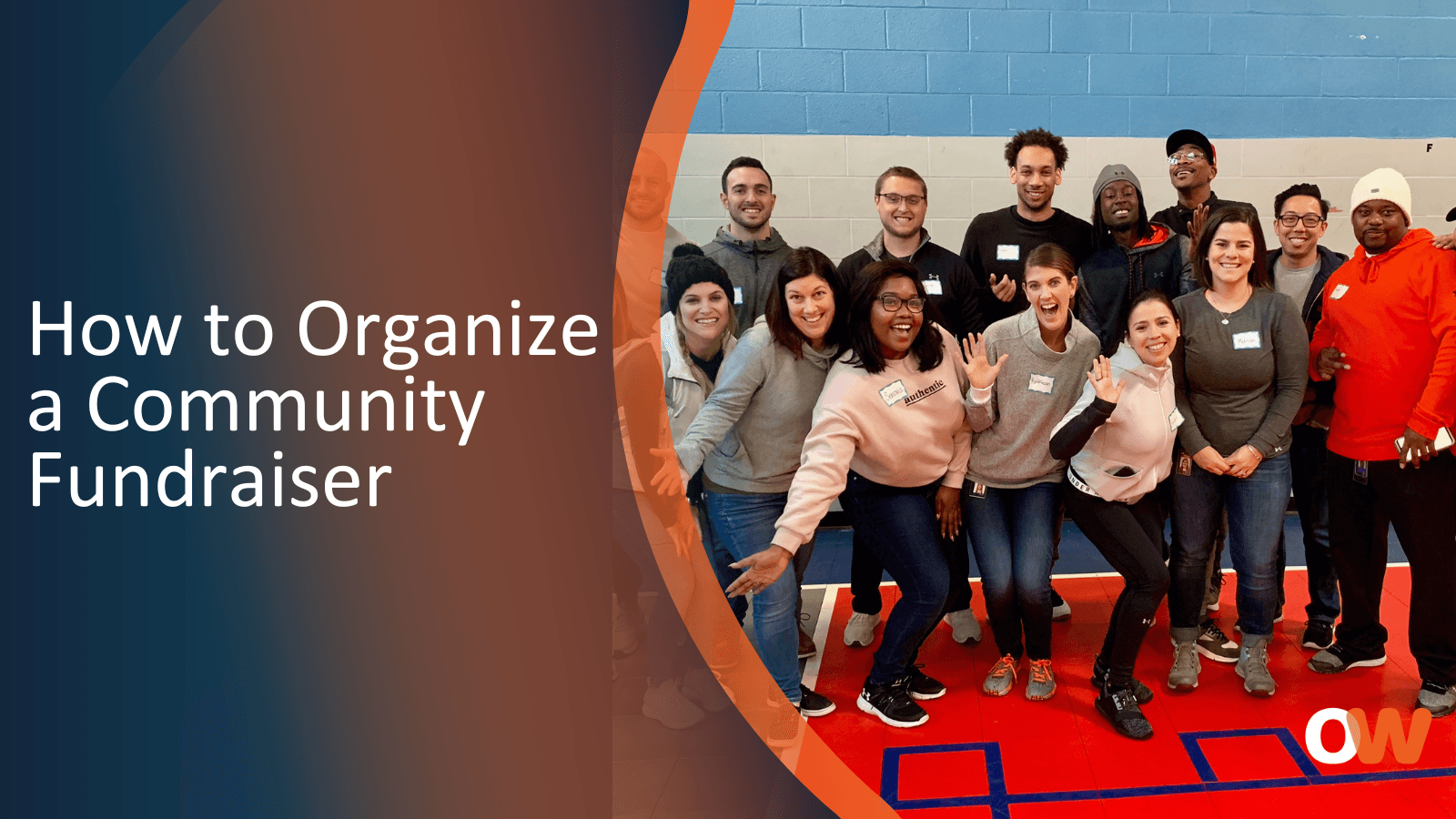
Organizing a community fundraiser is a fantastic way to unite people for a common cause while impacting those in need. Whether you're raising funds for local schools or charities, here's a step-by-step guide to help you organize a successful community fundraiser.
Step 1: Define Your Purpose and Goals
Before diving into the logistics, clearly define the purpose of your fundraiser. Are you raising money for a specific cause or organization? Setting clear goals helps you focus your efforts and communicate your mission to potential supporters.
Step 2: Assemble a Planning Team
Successful fundraisers are often the result of collaborative efforts. Assemble a dedicated planning team with diverse skills and experiences. Assign roles based on strengths, such as marketing your initiative, logistics, sponsorship outreach, and volunteer coordination. A well-rounded team ensures that all aspects of the event are covered efficiently.
Step 3: Choose the Right Fundraising Ideas
Select fundraising ideas that resonate with your community and align with your goals. For the summer season, consider these popular ideas:
- Community BBQs: Host a BBQ event where attendees can enjoy good food and donate to your cause. Include games and activities to make it family-friendly.
- Outdoor Movie Nights: Set up a projector and screen in a park or large backyard and charge a small entry fee. Provide snacks and drinks for additional donations.
- Yard Sales: Encourage community members to donate items they no longer need and hold a large yard sale, with all proceeds going to your fundraiser.
- Car Washes: Organize a car wash event, where volunteers wash cars for donations. It’s a great way to raise funds while serving the community.
- Sports Tournaments: Host a soccer, basketball, or volleyball tournament. Charge teams an entry fee and offer prizes for the winners.
Example in Action: The Rotary Club of Winnetka Northfield believes that using multiple fundraising ideas is most impactful. For their fundraiser for Operation Warm, they threw a benefit dinner party with an auction and used mobile bidding to increase the amount of funds they could raise. Any tips received throughout the dinner party went towards the fundraiser!
Step 4: Set a Budget and Fundraising Goal
Determine the budget needed for your event, including venue costs, permits, marketing materials, and other expenses. Based on your budget and the expected number of participants, set a realistic fundraising goal. This will help you track progress and adjust plans if necessary.
Step 5: Secure Sponsorships and Donations
Contact local businesses, community leaders, and organizations for sponsorships and donations. Offer sponsorship levels and highlight the benefits, such as brand exposure and community goodwill. In-kind contributions, such as food, beverages, and auction items, can significantly reduce costs or raise money.
Example in Action: The Rotary Club of Fishkill secured a grant from their county to use towards their coat program.
Step 6: Promote Your Event
Effective promotion is crucial for the success of your fundraiser. Utilize multiple channels to reach your target audience:
- Social Media: Create event pages, share updates, and engage with followers.
- Local Media: Contact newspapers, radio stations, and TV channels for coverage.
- Flyers and Posters: Distribute printed materials in high-traffic areas.
- Email Campaigns: Send newsletters with event details and reminders to your contact list.
Example in Action: WIBH Radio holds a yearly shoe program in the spring and a coat program in the fall. They use their platform and engaged audience to encourage their listeners to donate to their fundraiser, which supports kids in need.
Step 7: Plan the Event Logistics
Detail all logistical aspects to ensure a smooth event. This includes:
- Venue Setup: Arrange the layout, decorations, and necessary equipment.
- Volunteer Coordination: Assign tasks and provide clear instructions to volunteers.
- Registration and Check-in: Set up a system for participant registration and check-in.
- Entertainment and Activities: Plan engaging activities to keep attendees entertained and involved.
Step 8: Execute and Monitor the Event
On the day of the event, ensure everything runs according to plan. Have a clear schedule and assign team members to oversee different areas. Monitor the event's progress and be prepared to address any issues that arise promptly.
Step 9: Follow-Up and Thank Participants
After the event, follow up with participants, sponsors, and volunteers to thank them for their support. Share the fundraiser's results and the impact of their contributions. This not only shows appreciation but also builds goodwill for future events.
Example in Action: One of our partners sent out a follow-up email with a thank you note and a link to see all the photos of the kids and their brand-new coats. This showed the immediate impact of gifting the coats.
Step 10: Evaluate and Reflect
Review the event's success and identify areas for improvement. Gather feedback from team members and participants to learn what worked well and what could be enhanced. Use these insights to make your next community fundraiser even more successful.
Fundraising for Operation Warm
If you’re looking for an organization to fundraise for that directly impacts your local community, consider Operation Warm. Operation Warm provides brand-new coats and shoes to children in need, fostering warmth, confidence, and hope. By organizing a community fundraiser to collect donations for OW coats or shoes, you can directly support these children and ensure they receive the essentials they need to thrive.
Organizing a community fundraiser requires careful planning and execution, but the rewards are immeasurable. By following these steps and supporting organizations like Operation Warm, you can create a successful event that brings your community together and makes a lasting difference.
Stay Connected with Us
Follow us on social media to stay updated on our latest programs and initiatives and find more ways to get involved!
